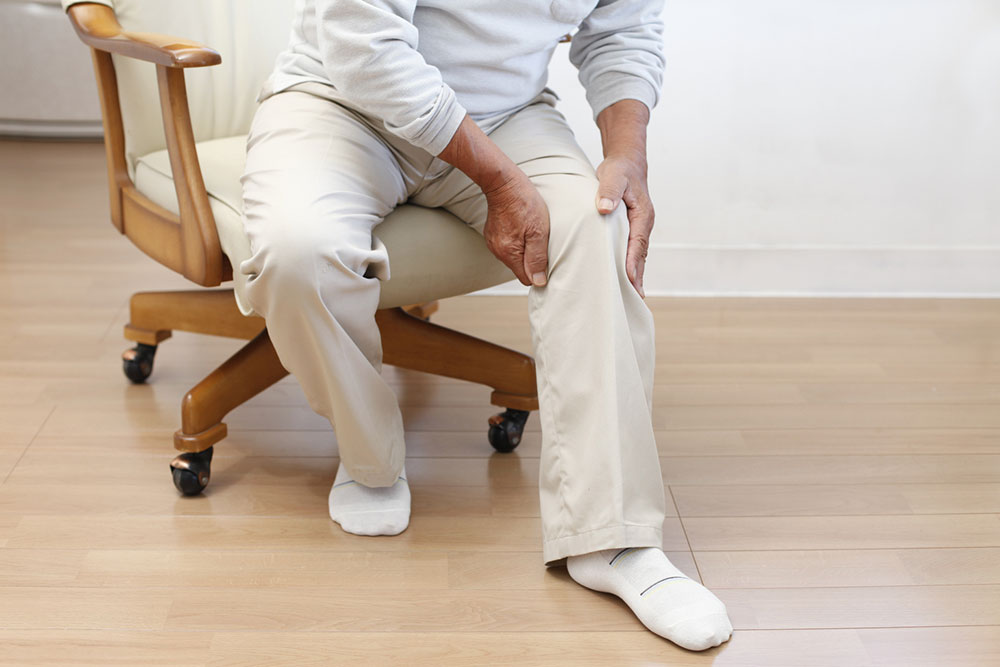
Rheumatoid Arthritis Risk Factors and Treatments
Rheumatoid arthritis is a chronic inflammatory disorder, which can impact more than just your joints. In some cases, this condition can be responsible for the damage of various body systems such as the lungs, skin, eyes, blood vessels, and heart. Please note that any surgery for rheumatoid arthritis carries with it a risk of infection. Consult your doctor to discuss the benefits and risks. Listed below are a few important risk factors that might increase the risk of rheumatoid arthritis. These include the following:
- Gender
As compared to men, women have a higher probability of developing this problem. - Age
This disease can develop at any age. However, it commonly occurs in middle-aged individuals. - Smoking
People who smoke cigarettes are at a higher risk of developing rheumatoid arthritis, especially if they have a genetic disposition for developing rheumatoid arthritis. Moreover, smokers are more prone to this disease. - Family history
If any of your family members has had rheumatoid arthritis, there is a higher possibility of you having the disease as well. - Obesity
Particularly women who are below the age of 55 years and are overweight are at a greater risk of developing rheumatoid arthritis.
If you can relate to any of the risk factors, you must visit your doctor for consultation at the earliest.
Home remedies to treat rheumatoid arthritis include the following:
1. Exercise
Certain exercises can help improve your mobility and enhance the range of motion in the joints. Moreover, exercise can strengthen muscles, which can prove to be useful to relieve some pressure from the joints. Also, you can try doing gentle yoga to regain flexibility and strength.
2. Rest
You need to rest more during remission, especially during flare-ups. Getting enough sleep helps reduce fatigue, pain, and inflammation.
3. Try assistive devices
Devices such as braces and splints can help to hold your joints in a resting position. Using these may help to decrease inflammation. Crutches and canes can help you maintain mobility even during flares.
4. Apply hot or cold compresses
Ice packs are beneficial to decrease pain and inflammation. They may also be quite effective against muscle spasms. Simultaneously, you can opt for hot treatments such as hot compresses and warm showers. These treatments contribute to reducing stiffness.
5. Surgical treatments for rheumatoid arthritis
Surgery for rheumatoid arthritis may involve one or more of the below procedures
- Tendon repair: Joint damage and inflammation may cause tendons near your joints to rupture or loosen. In this case, your surgeon can repair the tendons across the joint.
- Synovectomy: This surgery is done to remove the inflamed lining of the synovium. It can be performed on the hips, fingers, wrists, elbows, and knees.
- Total joint replacement: During this surgery, the surgeon removes the affected parts of the joint and inserts a prosthesis, which is made of plastic and metal.
- Joint fusion: If joint replacement is not an alternative, the surgeon may recommend fusing a joint surgically to realign or stabilize it for pain relief.
6. Drugs for pain relief
Doctors may prescribe a combination of medications to treat RA pain and inflammation. For instance, non-steroidal anti-inflammatory drugs (or NSAIDs) such as naproxen and ibuprofen are common. Disease-modifying antirheumatic drugs (or DMARDs) may also be prescribed to reduce chronic inflammation. Olumiant (or baricitinib) for RA pain relief is often prescribed in order to block the activity of inflammatory enzymes in the body and slow joint damage when other RA drug treatments have proved ineffective.


